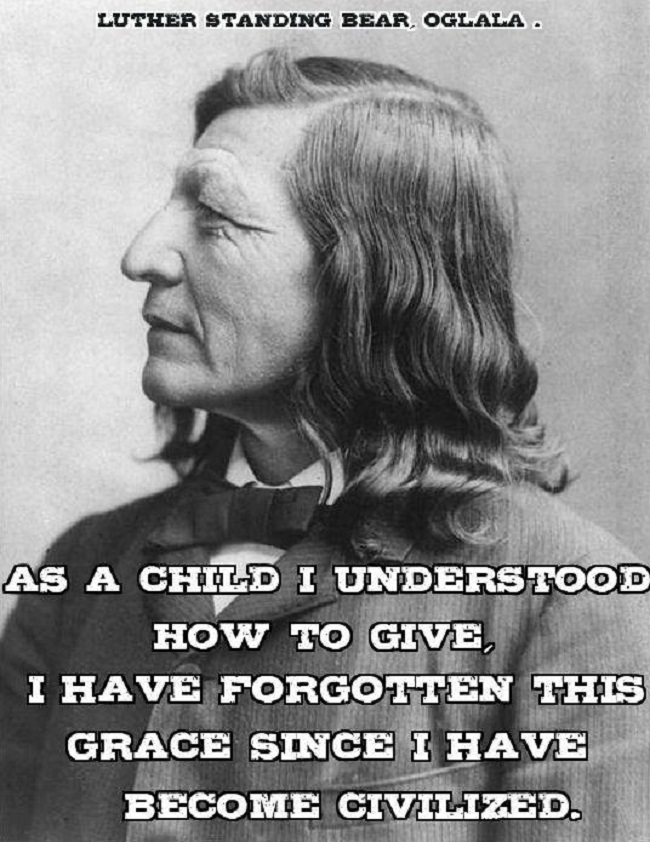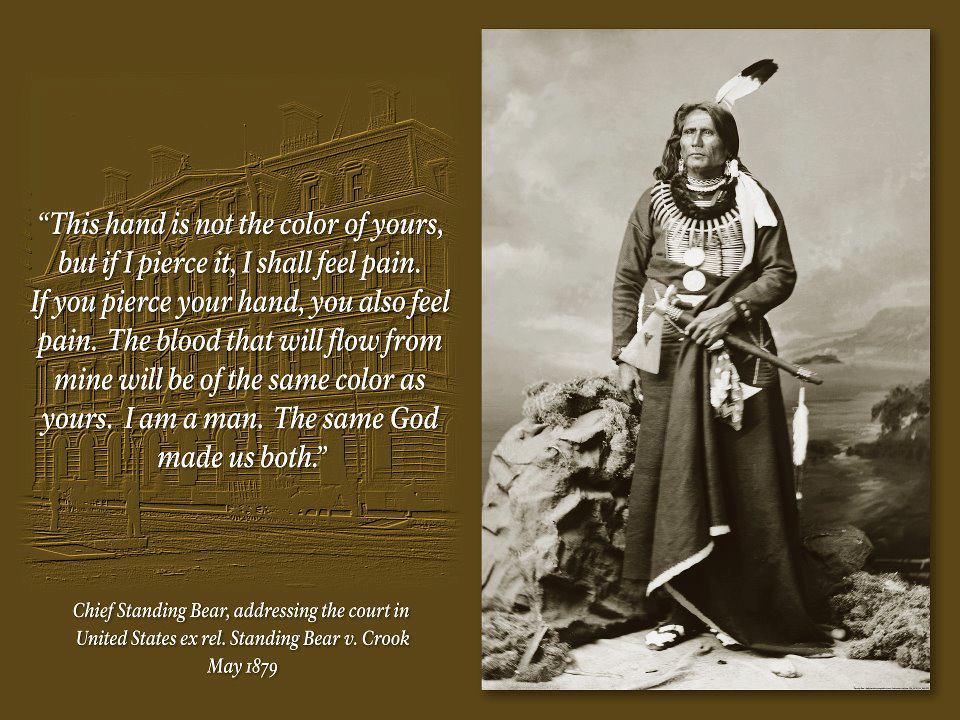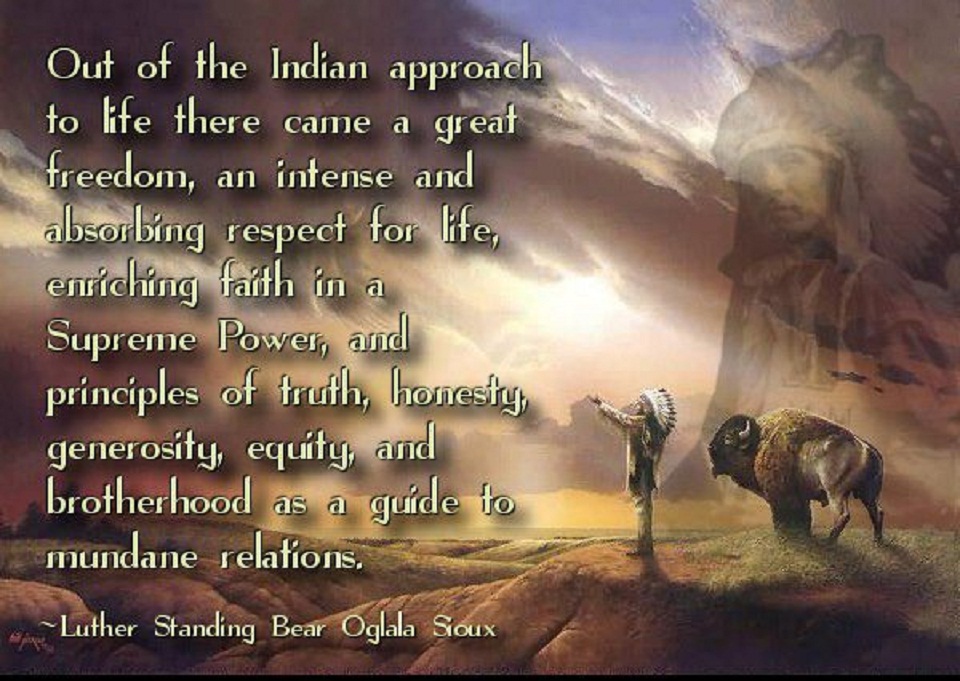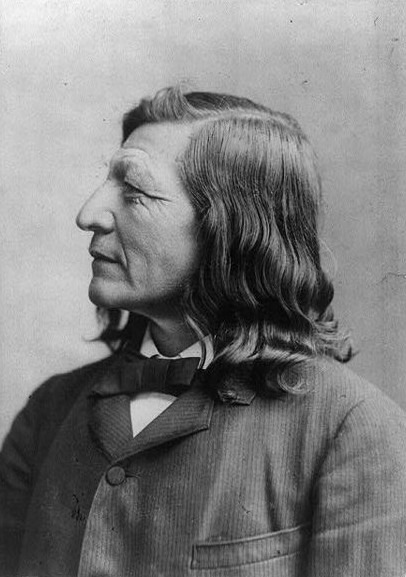
Luther Standing Bear: An Advocate for Native American Rights and Cultural Preservation (1868-1939)
Early Life and Education
Luther Standing Bear was born Ota Kte (Plenty Kill) in December 1868 on the Pine Ridge Reservation in present-day South Dakota, United States. He was a member of the Oglala Lakota (Sioux) Nation, and his father was Chief Standing Bear. As a child, he grew up immersed in the traditional ways and values of the Oglala Lakota people.
In 1879, at the age of 11, Luther was among the first Native American students to attend the Carlisle Indian Industrial School in Pennsylvania, a government-run boarding school established to assimilate Native American children into Euro-American culture. Despite the harsh discipline and cultural suppression he experienced at the school, Luther became proficient in English and adopted certain Western values.
Career and Activism
After completing his education, Luther Standing Bear returned to Pine Ridge Reservation and held various positions, including teaching and working as an interpreter for the government. In 1902, he joined Buffalo Bill's Wild West Show, where he performed as a dancer and actor. This experience exposed him to a wider audience and helped to shape his future career as a writer, speaker, and advocate for Native American rights and culture preservation.
As an advocate, Luther Standing Bear worked tirelessly to improve the lives of Native Americans, fighting for their rights to land, education, and cultural preservation. He joined the Society of American Indians in 1911 and later became the first president of the newly established Native American Church. He spoke out against the injustices faced by his people and the misguided policies of the U.S. government.
Luther Standing Bear authored several books, including "My People the Sioux" (1928), "Land of the Spotted Eagle" (1933), and "My Indian Boyhood" (1931). These books not only shared his life experiences and traditional Lakota values but also aimed to educate the American public about the injustices faced by Native Americans and the importance of preserving their cultural heritage.
Later Life and Legacy
Luther Standing Bear continued to speak out on behalf of Native American rights and cultural preservation until his death in 1939. His contributions as a writer, speaker, and advocate played a significant role in raising awareness and understanding of Native American issues in the United States.
Today, Luther Standing Bear is remembered as a pioneering figure in the Native American rights movement and as an early advocate for cultural preservation. His writings remain an essential resource for those seeking to understand the history and culture of the Oglala Lakota people, and his work serves as a testament to the resilience and strength of Native American communities in the face of adversity.
____________________________________
"But in the Indian Spirit the land is still vested; it will be until other men are able to divine and meet its rhythm. Men must be born and reborn to belong. Their bodies must be formed of the dust of their forefathers' bones."
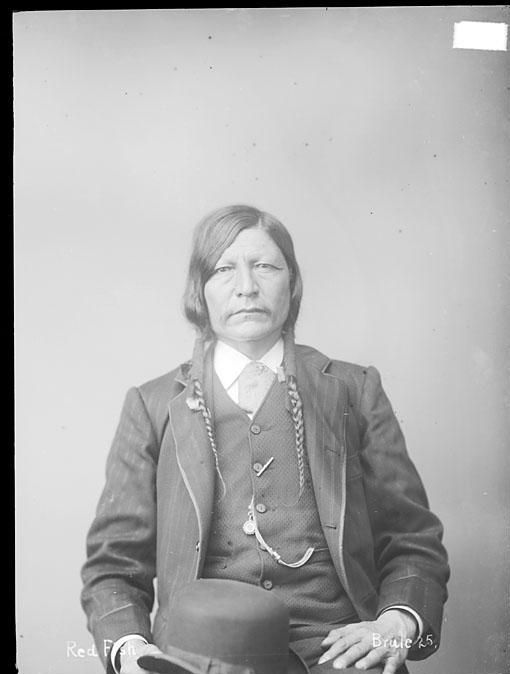
--Luther Standing Bear, OGLALA SIOUX
December 1868-February 20, 1939
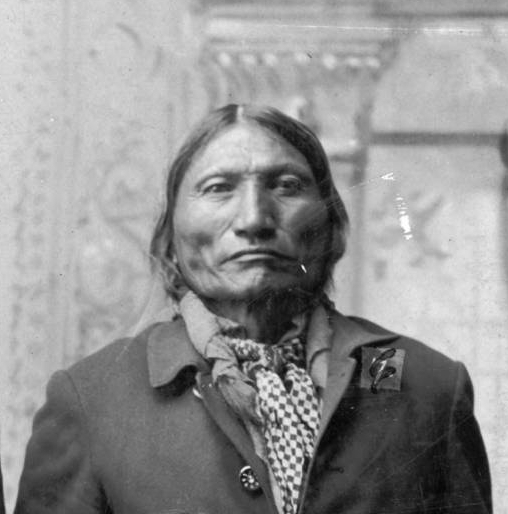
"But in the Indian Spirit the land is still vested; it will be until other men are able to divine and meet its rhythm. Men must be born and reborn to belong. Their bodies must be formed of the dust of their forefathers' bones."
--Luther Standing Bear, OGLALA SIOUX
